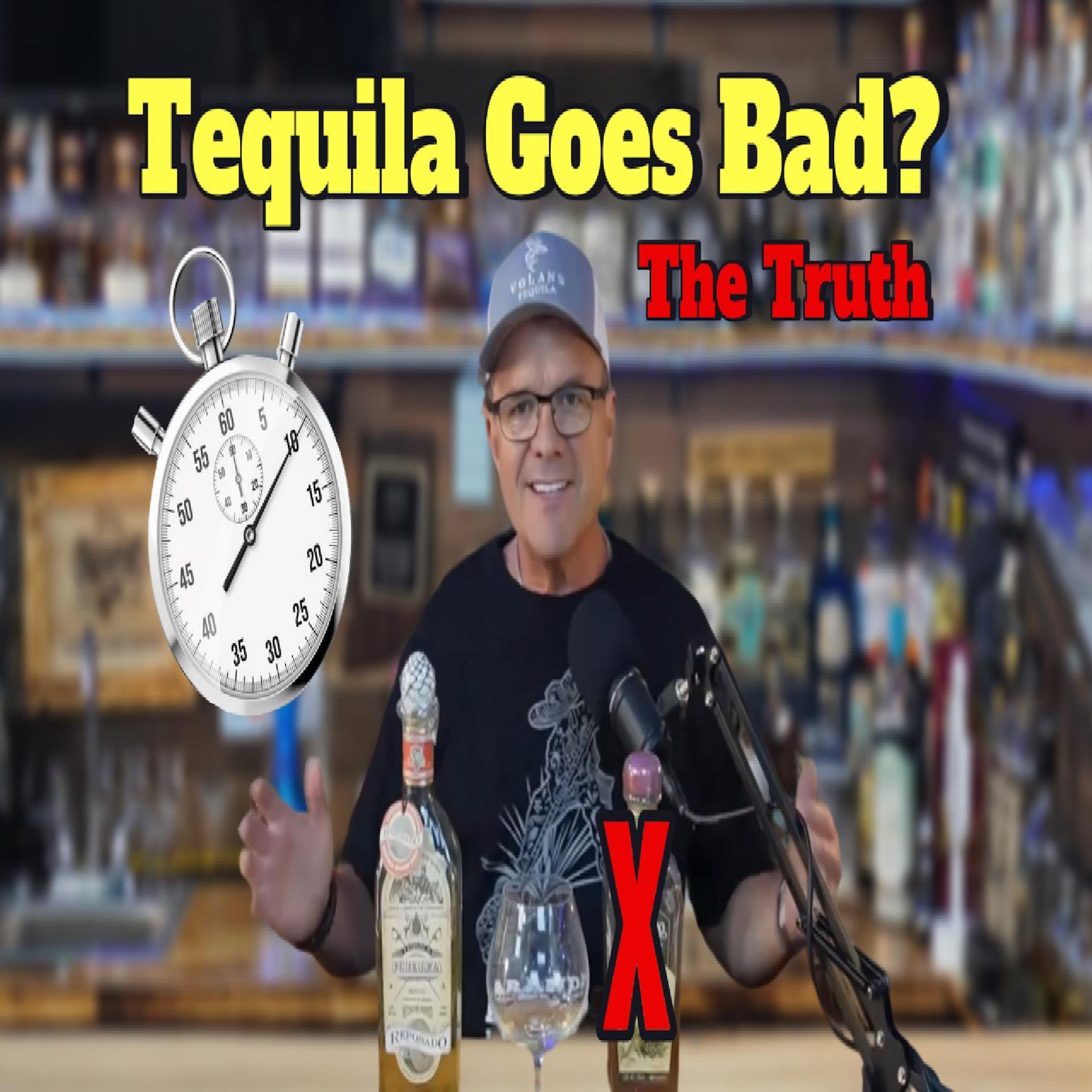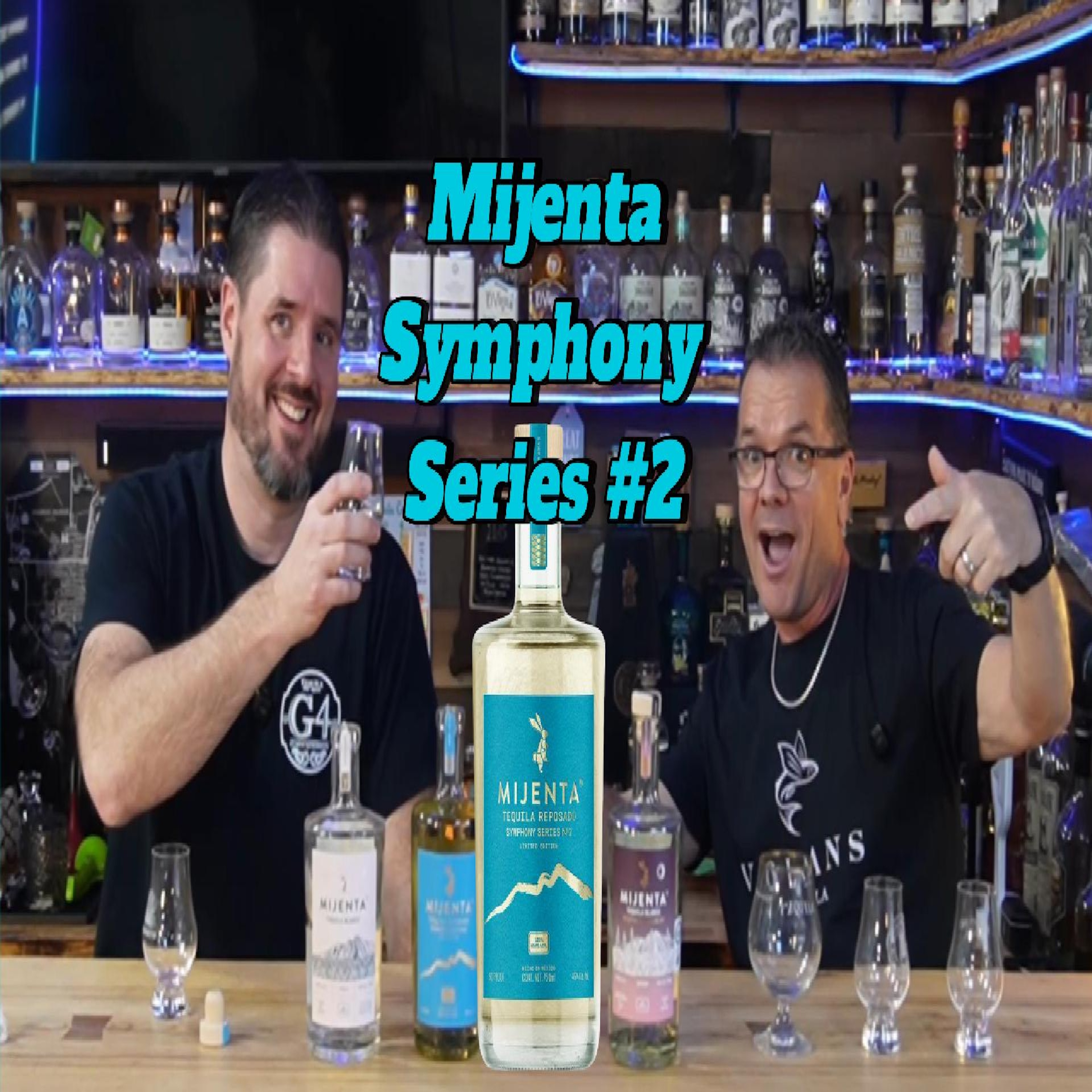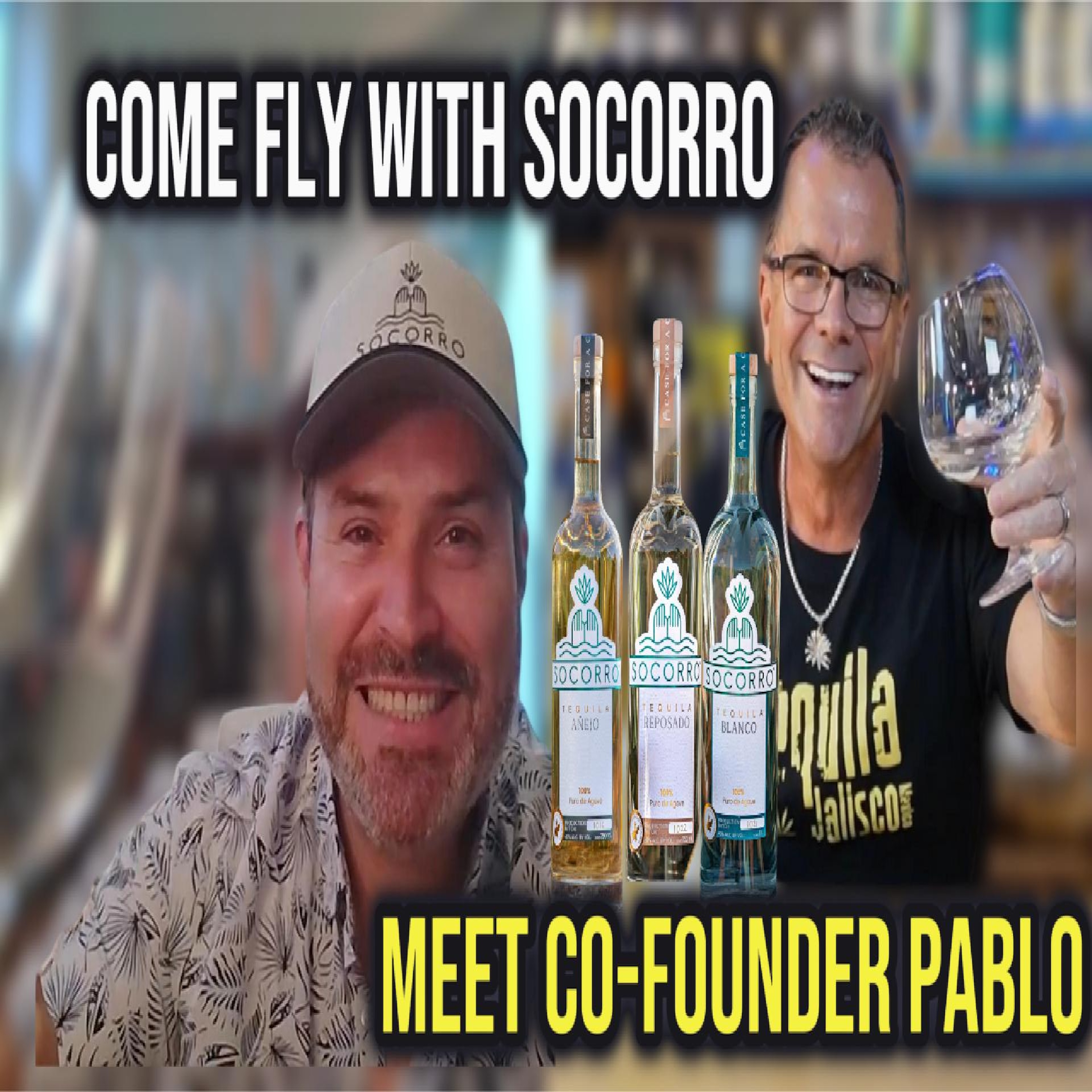Episode Transcript
[00:00:00] Hey, Brad Nickham tasting tequila with Brad. I got a great little explanation show today. I'm not going to be tasting any of these wonderful brands, but you'll find out why they're here in a second. I've had a lot of people sending me a message about bats and their relationship with tequila. There's a really cool little post that's been going around saying, you know, be glad it's October and you know, the margaritas and the tequila we have are because of the bats. And there is some truth to that.
[00:00:28] In fact, there's actually something going on that's kind of making the bats have a lot of trouble. So we're going to talk about that and how the bat relates with tequila. But first, Shameless Plug.
[00:00:41] Favorite bar in Cabo, it's called Sanchos, Cabo San Lucas. We're heading down there this week. It's a great time of year to go. It's Sammy Hagar's birthday party. We meet up with a bunch of red rocker friends. And one of the things that I do with a good friend of mine named Wild Bill from Chicago is we play guitar and sing from noon till 4 or 5. We're going to be doing it Friday, October 11th, in the Sancho bar in Cabo San Lucas to raise money for an orphanage and funding a children's program in Cabo San Lucas. So if you're down in Cabo and you're there on Friday the 11th, head to Sancho's on the marina. It's going to be a great time. So there. Shameless plug.
[00:01:20] All right, so when we talk about tequila and the bats, the first thing we got to talk about is the plant that makes tequila. The agave plant. There's over 250 different species of agave, but only one is used in tequila. That is the blue Weber or the tequilana plant. So when that plant is planted, it takes eight years for it to grow to maturity. And that plant is growing the whole time just to do one thing, reproduce. And the way it reproduces creates all of these sugars in the plant. And then it shoots up this giant shoot somewhere around 10 meters tall. And then that flowers and that's called a quixote and that flowers and it is ready to be pollinated. And one of the things that happens when that plant makes that huge quixote is once it's up there, it's used all the sugars up that are in that agave. That agave dies and now it's no longer usable to make tequila.
[00:02:21] Another important thing about the agave plant is the other way that it reproduces. It sends out little wheelos, little shoots that come out of the bottom of the plant. And those are exact clones to the agave plant that's growing. So over the years, many years tequila have been harvesting, or humidors have been harvesting, those hulos around the bottom of that agave. They take them to a nursery, they grow them to a certain age, and then those get planted into a field. And back in 2010, a scientist, PhD, doctor, really figured out that there's a potential real problem within the ag agave world. And that because the biodiversity of this plant isn't genetically changing over time, it's still a clone. It would just take one virus or one bacteria to wipe out the entire agave crop, which would leave us wanting more tequila. So this group, the Tequila Interchange Project, started and they started making people aware, the tequila farmers or the agave farmers, the tequila makers, the distillers, the brands, letting them know that the biodiversity of this plant has broken down because they're doing nothing but harvesting clones.
[00:03:37] So what they did was they started a program, really asking farmers to give up 5% of their crop and let them go ahead and flower, to grow to Quixote and let those be pollinated.
[00:03:53] That's where the bats come in. So agave plants are like a lot of succulents. They shut down during the day when the sun's out, preserving their hydration. Right. Make sure they don't dry up. And at night, that's when the plant comes to life. So when you think of agave plants, they're just a nocturnal plant. So that plant comes to life and those flowers open up at night and that big Kyoto, the big flowers way up in the air. And I'm gonna have pictures popping up while we do this. There are three types of bats. One is a long nosed Mexican bat, one is a short nosed Mexican bat, and one is a long tongued Mexican bat. And the medical names or the proper names for these are big giant words. And I can't pronounce them right. I have enough trouble pronouncing my tequila properly. These three bats have started to become extinct. In fact, one of them is on the endangered species list. And the reason that is happening to the bats is they feed off of these plants. And for many years, farmers haven't been allowing that quote to grow. So they haven't had anything to eat. And these are migrating bats. And when they fly in, you know, I heard this on a podcast. I thought it was really neat. They're flying over at night over these blue agave fields, you know, and it used to, you know, there was quixotes everywhere, and they could just find some place to eat. And now there's these huge fields of agave, and it has to look like they're just flying over the ocean, not able to find anything to eat. And when we first went to Tequila, one of the things that I found was amazing is I live in Indiana, where you can drive for miles and just see rows of corn and everything is green, or rows of beans and everything is green. And now it's fall and everything is brown. And when you roll around the first corner outside of Guadalajara and you can start to see the volcano, you notice that it's just blue, this blue tint everywhere, and blue agave growing everywhere. So, you know, when I heard that saying, I. I can see why they said that. It'd just be like flying over a giant blue ocean looking for something to eat. So now these, you know, bats are starting to, you know, be hungry, migrate to other areas, or just become extinct. The farmers and distillers. This group of people, for one oo. I'm sorry. Tapatito, ocho, G4 fortaleza. Los abuelos Cascow. This siembre. Dave Sorrow, the owner of this company, has a lot to do with the Tequila interchange program.
[00:06:23] And many other farmers and several other brands as well, said, look, we'll give up 5% of our crop. We'll let it grow to Quixote so the bats can come back and pollinate. One of the things that's really cool when you visit Fortaleza is they have a cave. And in that cave is a bar, and that's where you actually do your Tequila tasting. And when my wife and I were walking into the cave, some bats flew deeper into the cave as we came in, you know, so that was like, we're right there. Seeing, you know, those bats, it's pretty awesome. I've never been in the fields at night where there's Quixotes. I would. I would love to see how the bats come in and pollinate. And they said that they fly a lot like a hummingbird, but, you know, they're bigger and they. Or pollinating that plant, it's not only saving the bats, but it also potentially could be saving the agave plant, because now that pollen is coming from other plants and they're starting to be a little more integrated. The genetics of the plant changed because of the pollen from the other plants and now that plant could be a little bit stronger in fighting off disease and bacteria. So it's a great thing for the actual plant. One of the tequilas that I have, mahinta, they put out a high proof master selection, number one, it's their first high proof. But it's also the first tequila that I know of that is actually utilizing agave that was completely grown from seed. So they collected those seeds out of those Quixotes after pollinating, planted those and made a whole field of agave. So it is a great thing that these brands and many others are sacrificing really quite a bit of money. When you think about how long it takes an agave to grow to make tequila, it's somewhere between six and eight years for that agave to grow and mature in that field. And then they're going to give up 5% of that crop. And when you have hundreds of acres of fields, that's a lot of crop that you're giving up. And that's a really big financial commitment. So it shows that these families that are generations of making tequila and farming agave want this to last for generations. So you kind of got to give it up to them for taking part of their fields and giving them up for future generations and for the success of tequila. So I hope that explains the process. I'll put the website to the Tequila Interchange project so you can go check that out. You can always check out any of these brands. They're all phenomenal. You'll never get let down on any of these brands. But along with several other of the tequilas on the wall, there's a lot of great companies out there doing some great things. So it is October. You know, my, my favorite spirit is Tequila. I'm not going to throw on a batsuit for Halloween, but if I was, I would do it just to honor the agave plant and these brands that have really inspired, they've been inspired to make sure Tequila lasts into the future. So I hope that answers your questions. There's a lot of information on the Internet too. So thanks for tuning in. I'll go ahead and sip some tequila.
[00:09:35] So if you have any questions or any comments, please put it in the comments. I'll answer them as fast as I can. And if you have a question, I don't know the answer to it, I'll definitely find the answer for you. Thanks for tuning in. Subscribe Like Share Follow Help me grow this channel and I'll keep putting together content.


